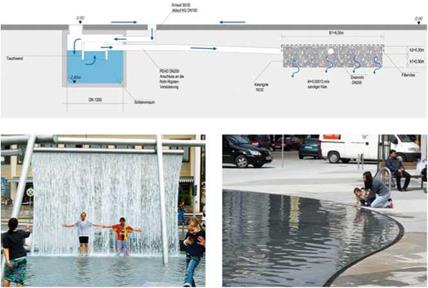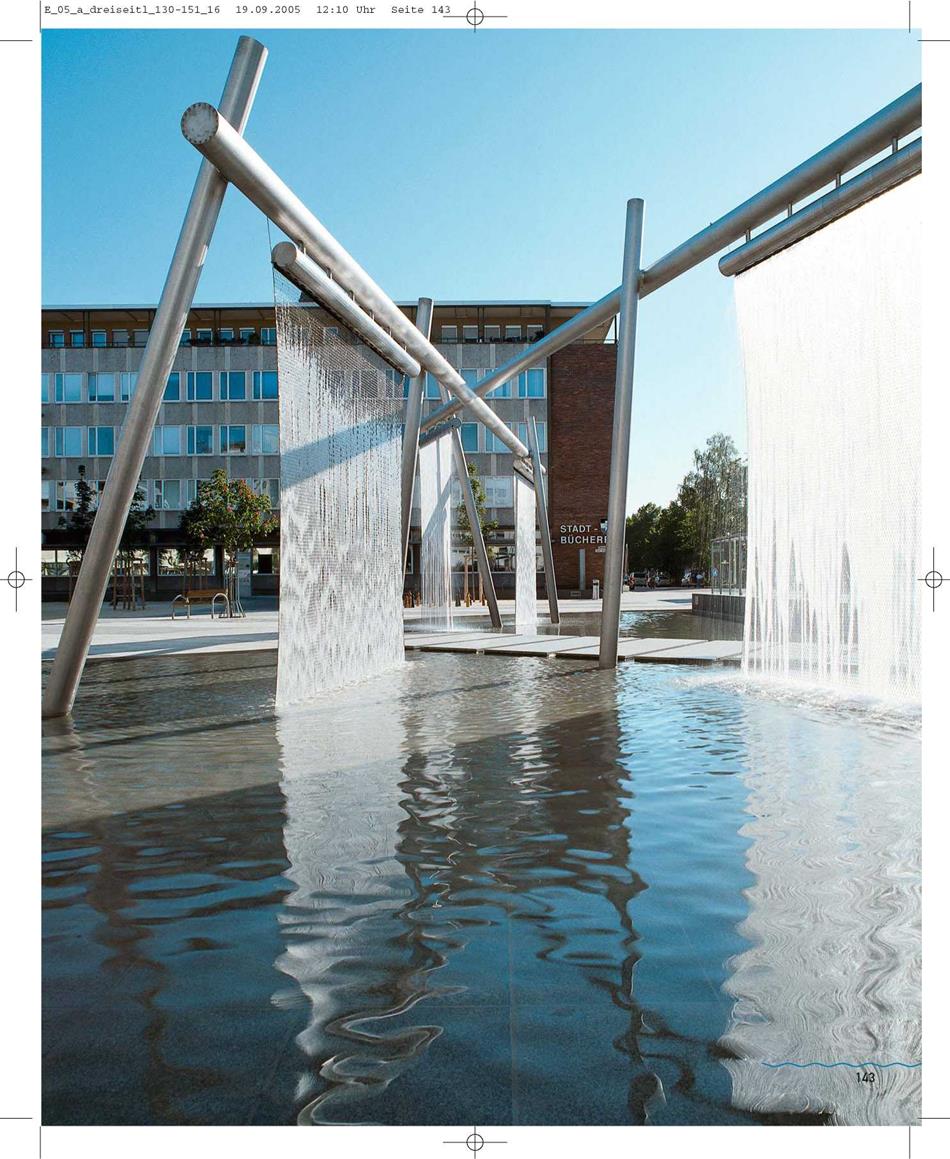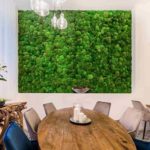|
On many issues Neu-Ulm is overshadowed and out-muscled by her elder, bigger sister, Ulm. The two cities are physically separated by the river Danube and politically by the state boundary; Neu-Ulm is in Bavaria, Ulm in Baden-Wurttemberg. Ulm is a historic town, severely bombed during World War II. Neu-Ulm was largely constructed after the war and retains the character of a suburb, rather than a town in its own right. This is however a unique (now ‘historic’) urban style and has a rough, strangely appealing charm. The Neu-Ulm train station was demolished and put underground, which opened the opportunity for a signature urban renewal project, the redesign of the Heiner-Metzger Plaza in front of the former train station. This is part of a larger scale inner city renovation and expansion project, connecting Neu-Ulm to the Danube waterfront and given additional impulse by the State Garden Expo planned for 2008. Neu-Ulm’s dynamic mayor did not hesitate to get town citizens in on the action. In particular, high school students were included in a design workshop, coordinated by Atelier Dreiseitl but planned by the students themselves, after which they went on to further develop the project with their teachers and the city planning department. Instead of abstract, political intellectualism, young adults respond to facts, and express themselves with emotion and feeling, when they are given the chance to get involved. The themes ‘a meeting point for generations’ and ‘fun space’ started to crystallize. Climbing, chess, games, corners and other ideas started to flow for a place with a contemporary concept of ‘leisure’ – active, moving, dynamic, and in every case including water. The students were then invited for a workshop at Atelier Dreiseitl. Water phenomenon experiments were used as an ice-breaker for minds and voices. |
|
The participation of school children from design to construction is the key to the success of this project. |
|
The plaza design springs from the idea of creating different use zones as islands. There are islands for rest and for activities under the trees. The hard, urban plaza edge is turned to the street where the fountain is both a highlight and a screen against passing traffic. |
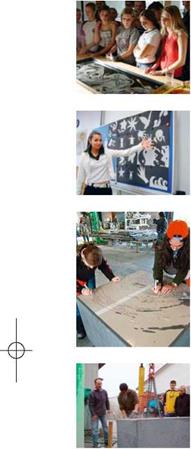
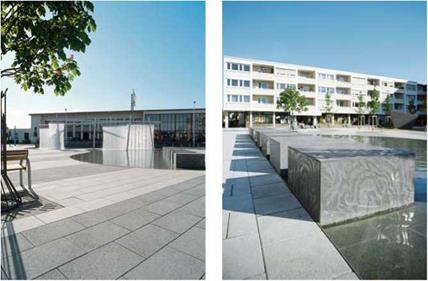


![]()

|
|
||
|
|
|||
|
|||
|
|||
|
|||
|
|||
![]()
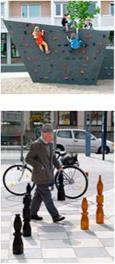
![]()
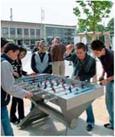
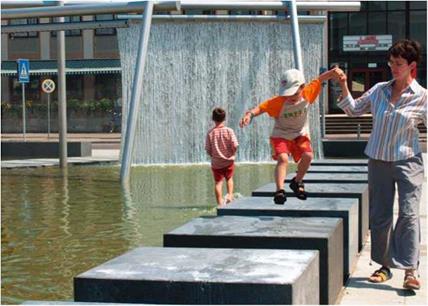
![]()
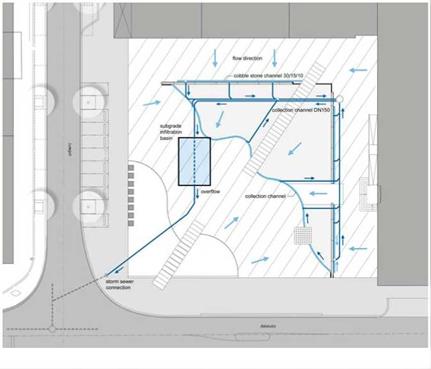
|
|
|
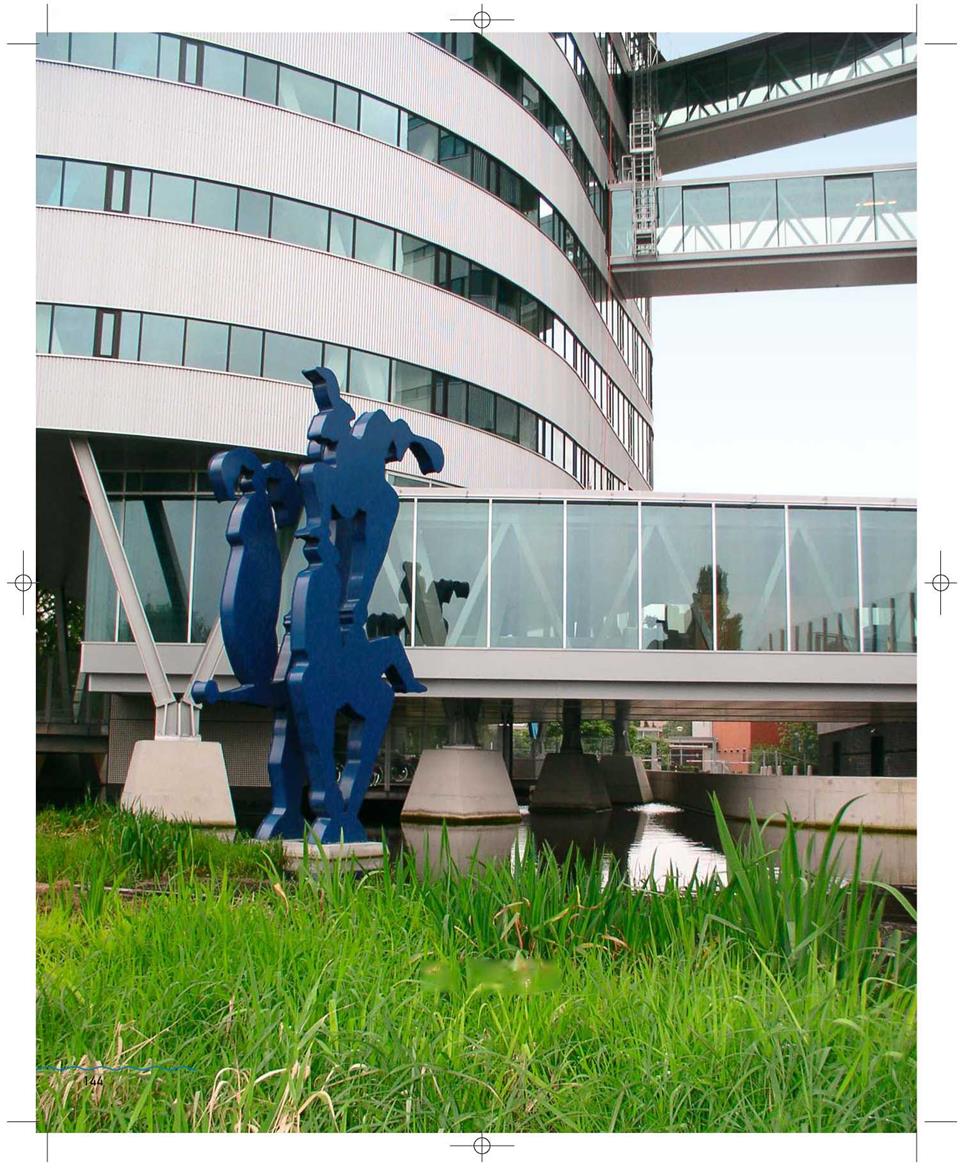
|


